Pioneer. Trailblazer. Early adopter. Sarah Meyohas has heard it all before.
Each of the accolades is well-deserved for the conceptual artist who was among the first to put art on the blockchain. They roll off the tongue easily at a time when her work resides in the Centre Pompidou’s permanent collection. But the 32-year-old has not forgotten the unseen challenges of innovating — the times when there was no market for her work and both of the worlds she bridged were too disparate to give her the time of day.
“As an artist, you kind of oscillate between having an irrational belief in yourself and in art and in the power of art and in the beauty of art,” she says. “And then also self-doubt, right? You have to be your biggest critic.”
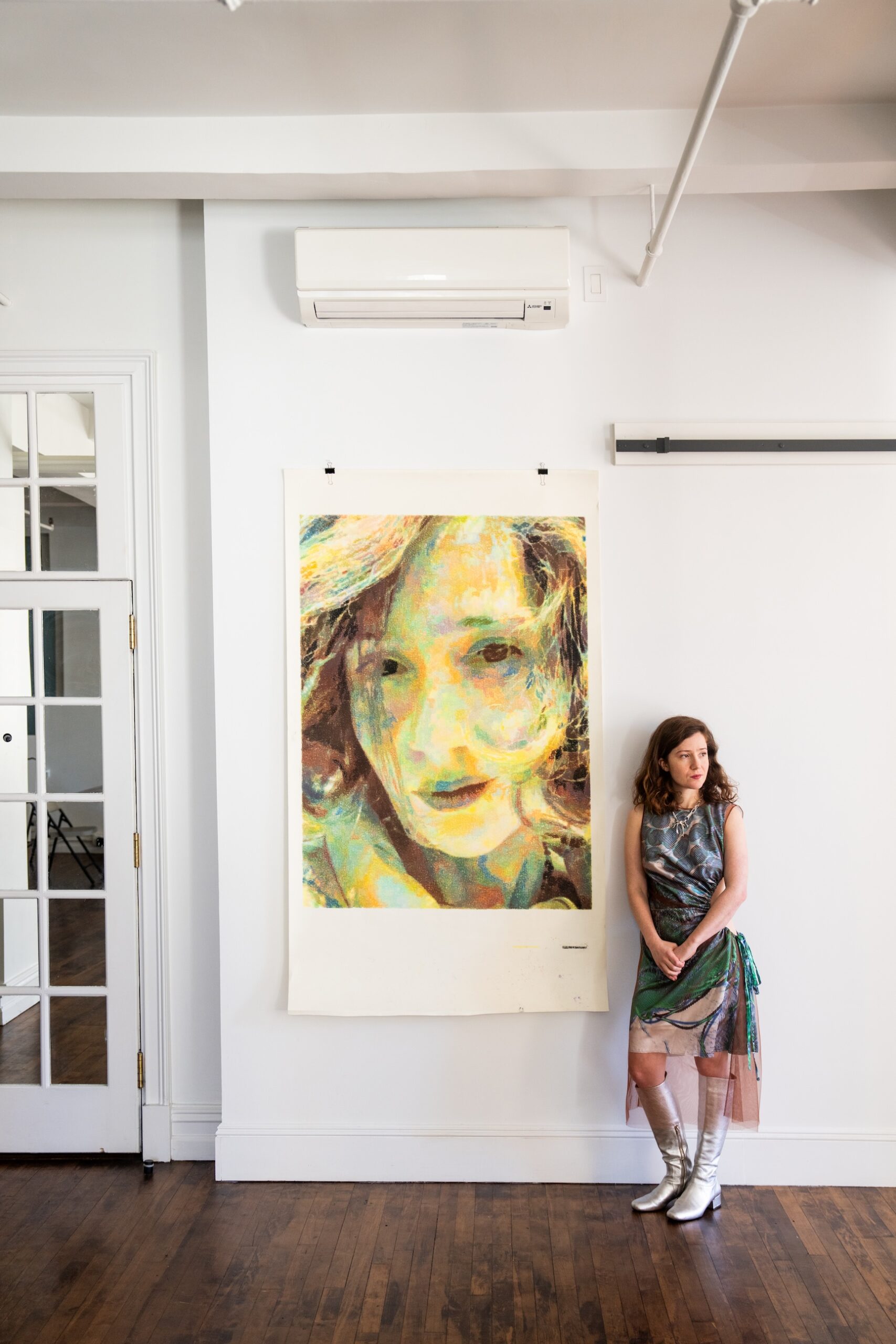
From Business School to Bitchcoin
Meyohas was raised in New York City by a French mother who took her to museums every weekend. As a teenager, she found herself drawn to fashion, marveling over Alexander McQueen’s famous 1999 show featuring robots spray-painting a model’s white dress. “I loved haute couture,” she recalls. “I really loved the most extravagant edge of fashion.”
She went on to study business at the University of Pennsylvania’s Wharton School for her undergraduate tenure, a decision she credits with sparking her interest in investment.
“My parents aren’t American, and they didn’t push me towards the liberal arts,” she says. “In other countries, my dad just went to law school, my mother studied pharmacy, you just study the thing. I wasn’t sure what I wanted to do, and I just wanted to learn something useful.”
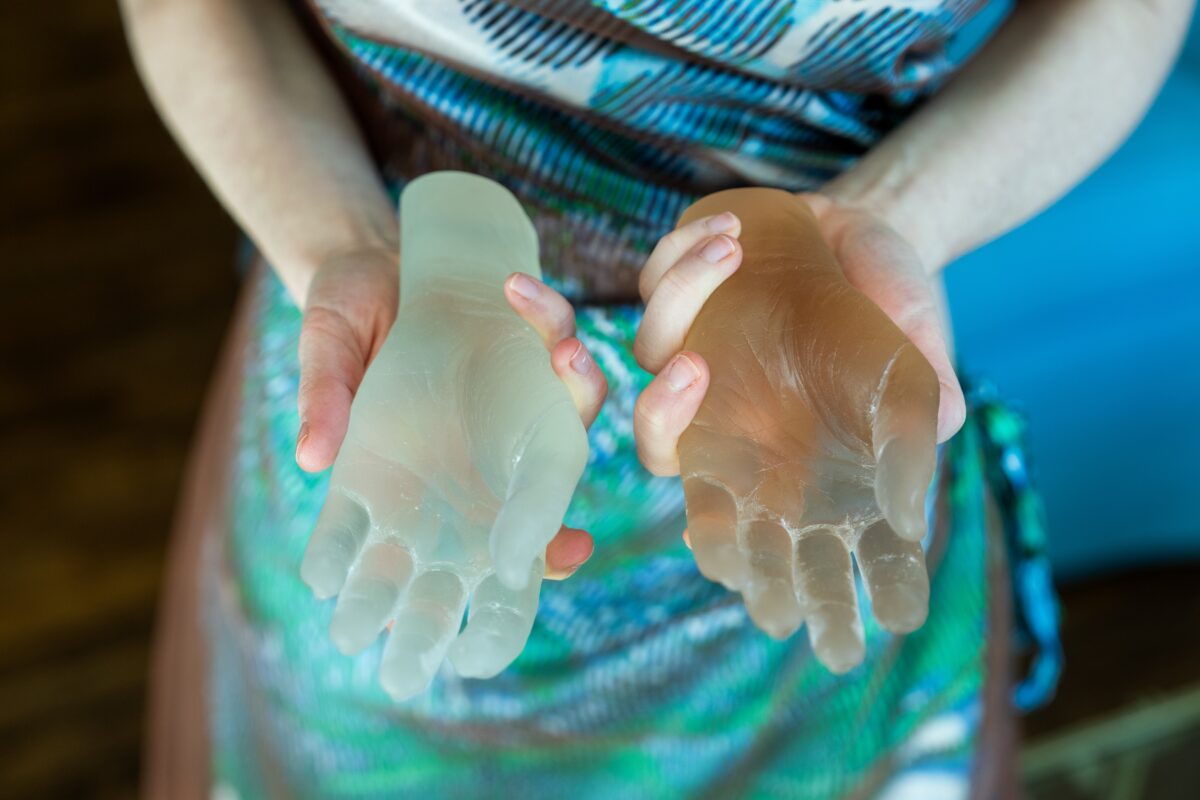
While at Wharton, Meyohas began unlocking her creative potential after taking a photography class and receiving encouragement from her professors. She found herself taking on more ambitious and provocative projects, including a 2010 portrait series of transgender subjects that she now considers her “first art project.” She followed it up with a project featuring a female student posing nude in Wharton’s Huntsman Hall, which quickly went viral on her campus.
“She was wearing these strong high heels, so it played with, ‘who’s in power here?’” she says. “Part of it is being a young woman and understanding what these things are about, how identity is defined, and how to negotiate your body in a male space. It felt like I was really investigating something.”
“I started seeing things in galleries and thinking I could do something like that.”
SARAH MEYOHAS
When Meyohas turned 18, her father expressed his desire to give her a financial birthday gift with the stipulation that she use it rather than hoard it away.
“I thought long and hard and said that it could be seed money for me to buy artwork,” she recalls. “It was in that context that I started not just going to museums, but going to galleries, which was different. I started seeing things in galleries and thinking I could do something like that.”
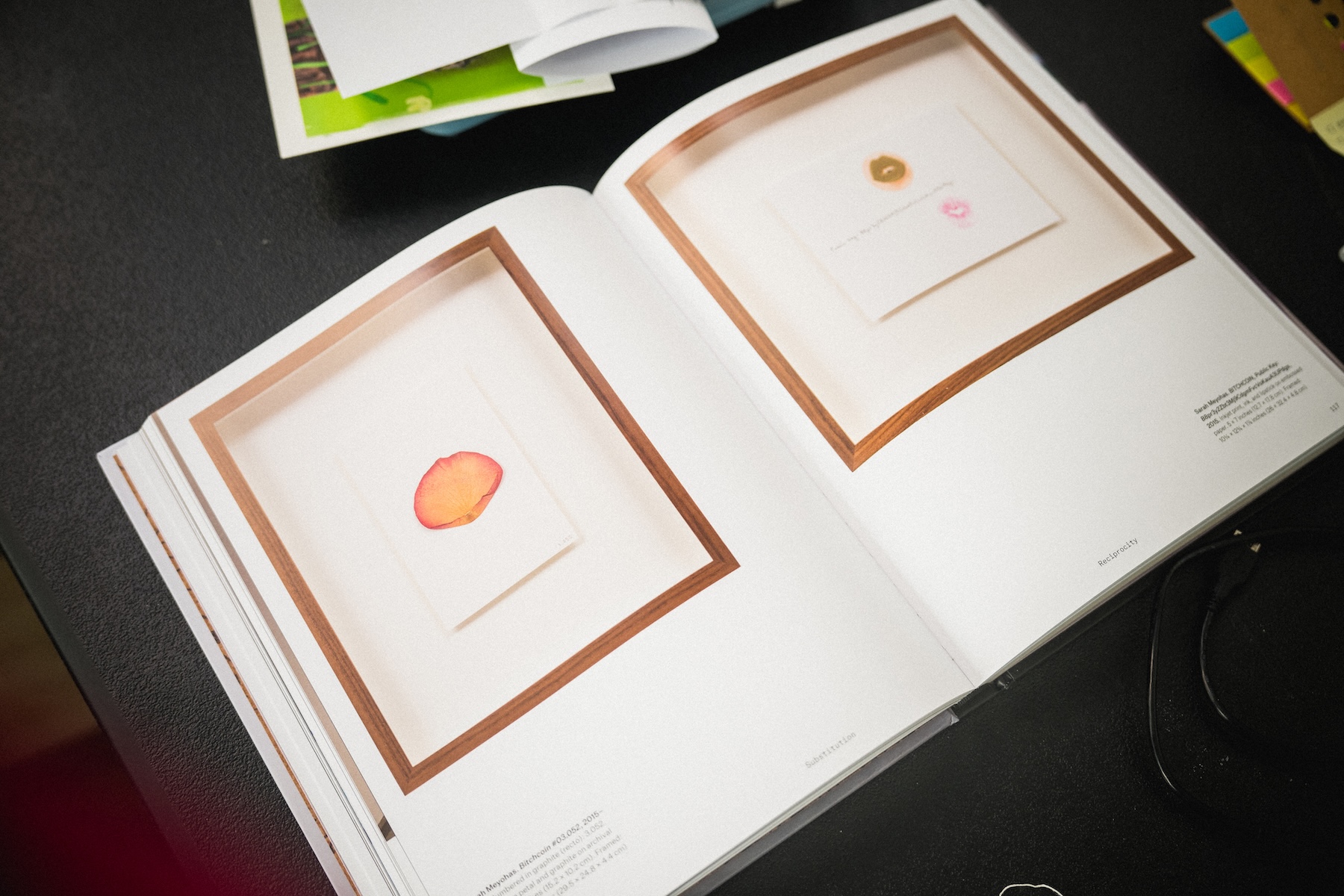
Inspired and emboldened, Meyohas decided to pursue a career in art and enrolled in Yale’s Master of Fine Arts program in 2013. In 2014, Meyohas first heard about Bitcoin and conceptualized her seminal Bitchcoin project, which she released in February 2015.
Exploring the concepts of value and speculation in the early days of cryptocurrency, the project consisted of tokens on a Bitcoin fork backed by her artwork — with one token corresponding to 25 square inches of her “Speculation” photographic series.
“Art is the market that is most divorced from the inputs in terms of its value. It’s the most purely cultural market.”
SARAH MEYOHAS
Through Bitchcoin, collectors could theoretically invest directly in Meyohas herself as opposed to simply her artwork. As the value of her work increased or decreased over time, so too would Bitchcoin holders’ exposure to it.
“Obviously, I circled around the idea of what is value, right? Because there was so much you could dig into,” she says. “Art is the market that is most divorced from the inputs in terms of its value. It’s the most purely cultural market. People talk about it and think about it, and it’s grown tremendously over the last 50 years in a way that wasn’t the case before.”
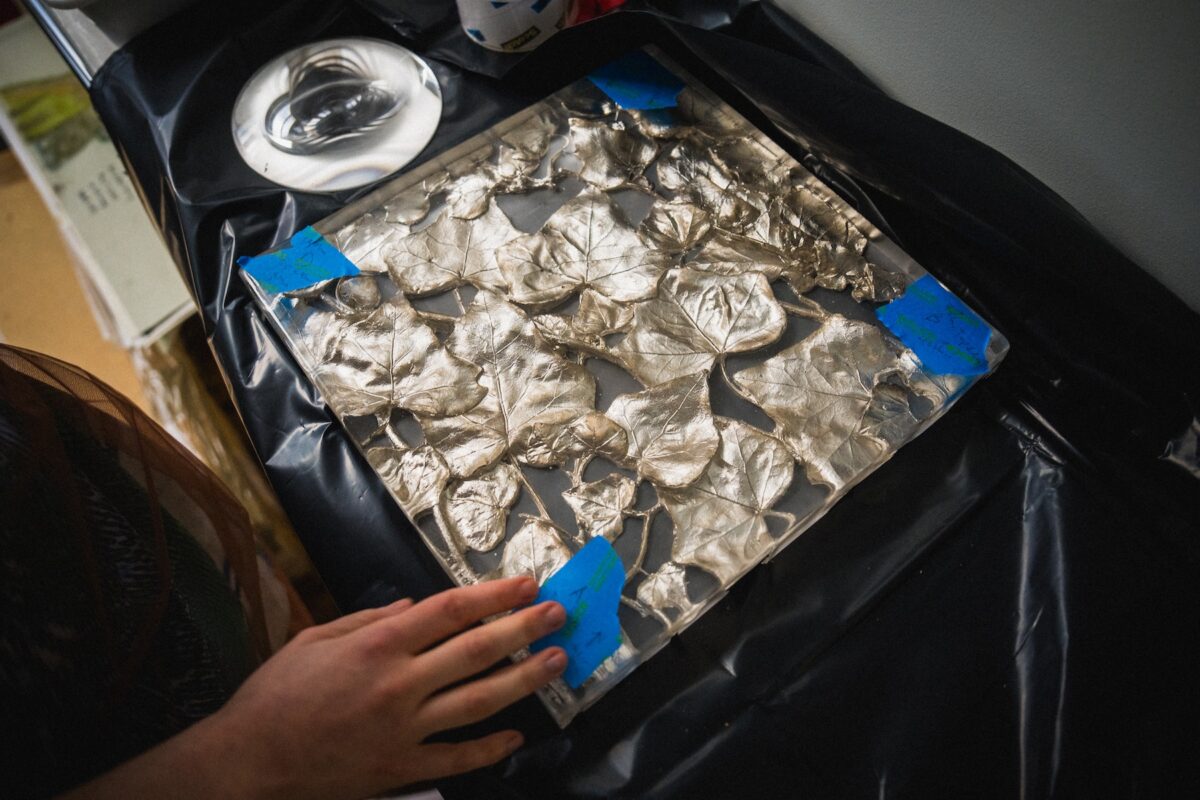
Earning coverage from major publications like WIRED, Bitchcoin elevated Meyohas’ profile and established her as an artist to watch at the intersection of art and blockchain technology.
“It did have a moment online,” Meyohas recalls. “It was circulating as an idea more than as the physical certificates. It was amazing. For someone who’s unknown, that did feel like a breakthrough moment.”
Building on Bitchcoin’s momentum, Meyohas released a quick succession of projects, including “Stock Performance,” which saw the artist buying and selling penny stocks to manipulate their performance lines and documenting them in paintings. The project earned attention from Bloomberg’s Matt Levine, who said, “I, for one, would love to hang a Sarah Meyohas stock-chart painting on my wall.”
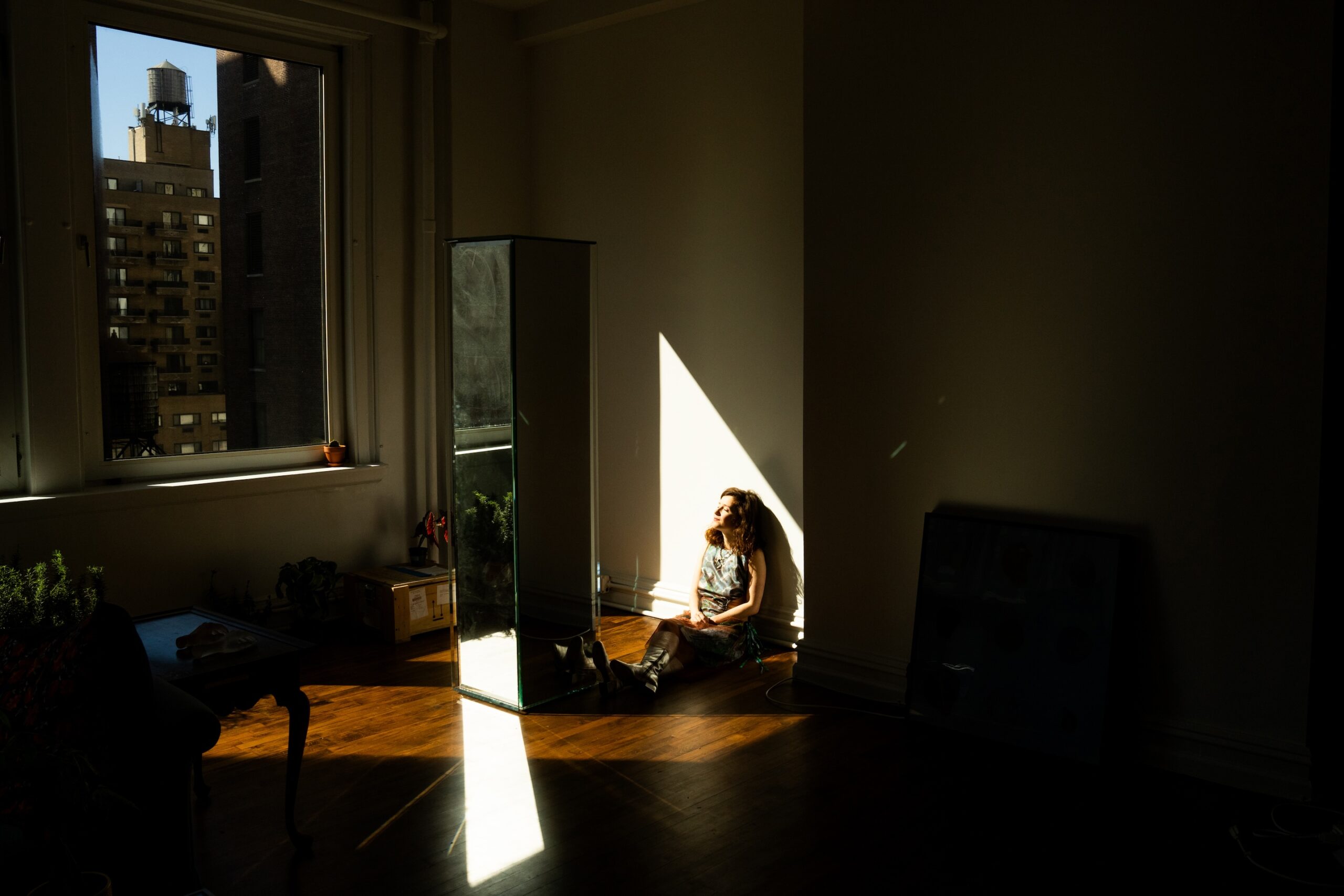
The Struggle
By 2017, Meyohas had readied her next major project for release. Entitled “Cloud of Petals,” the ambitious 16mm film documented the process of sixteen workers hand-selecting and photographing 100,000 rose petals, which were subsequently used to train an AI algorithm that could generate new petals in perpetuity.
Meyohas debuted the project in a large-scale exhibition at Red Bull Arts New York, featuring two floors of eclectic activations, including immersive sensory experiences (complete with custom rose scents created by a perfumer), virtual reality headsets, films, and photographs. While the project garnered good press and critical acclaim, her career entered a dark period shortly after.
“I had this amazing show, and then it was just crickets,” she says. “Remember that I was more in the art world and the NFT world didn’t really exist yet. I was putting out things that I felt proud of and the issue was that the market wasn’t really there for it. It was a bit there for the Stock Performance paintings because they were paintings. But I didn’t make anything off Bitchcoin. I maybe broke even on my costs.”

“I had no market other than speculation photographs, which were the way for people to access,” she says. “It felt horrible and confusing. I approached a gallery I’d shown with before about representation because I was in this… I like to invest in deep tech and there’s this dead zone where you still need a bunch of money to get somewhere, but you can’t really sell yet.”
“There’s this dead zone where you still need a bunch of money to get somewhere, but you can’t really sell yet.”
SARAH MEYOHAS
“During that time, I was definitely less productive, too,” she says. “I’m someone who thrives on working with other people and with other people who are really good at certain parts of things. And I put things together and have a vision to push them. And so during that time, I wasn’t really giving myself the resources to push for things.”
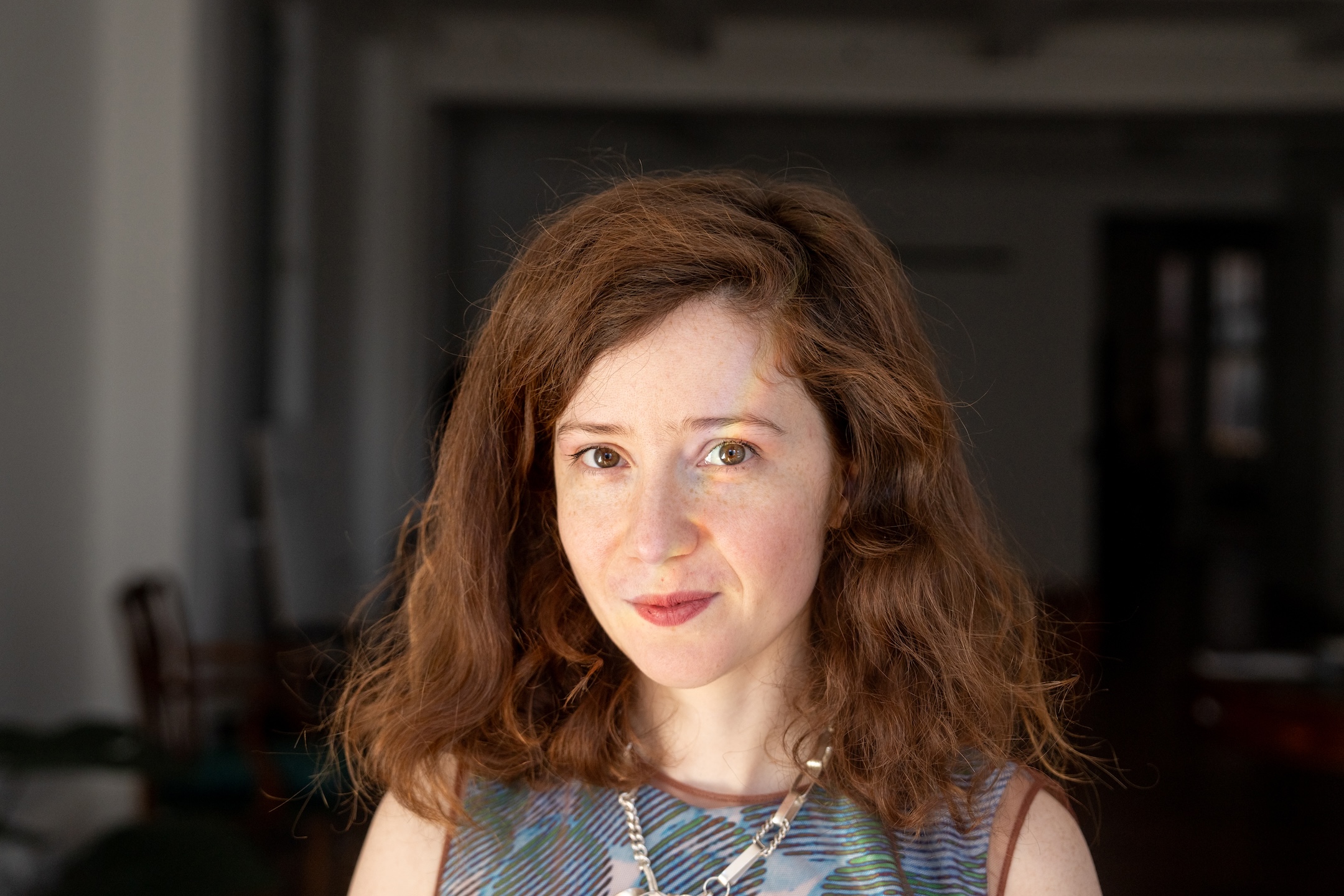
Redemption
As NFTs took center stage during the 2021 bull run, Meyohas’ early work found the attention of a new and appreciative audience rediscovering the history of crypto art preserved on chain.
Recognizing the opportunity of the moment, the artist migrated 480 total Bitchcoin tokens to Ethereum and auctioned them at Phillips in May 2021. The sale totaled $396,900 and served as a critical market validation for her body of work after years of toil.
“I knew that I had it in me,” she reflects. “That I had made things that I was proud of and that they were just simply not being recognized. You just have to have this crazy belief in yourself and know that you can perform at a level you’re not currently performing.”
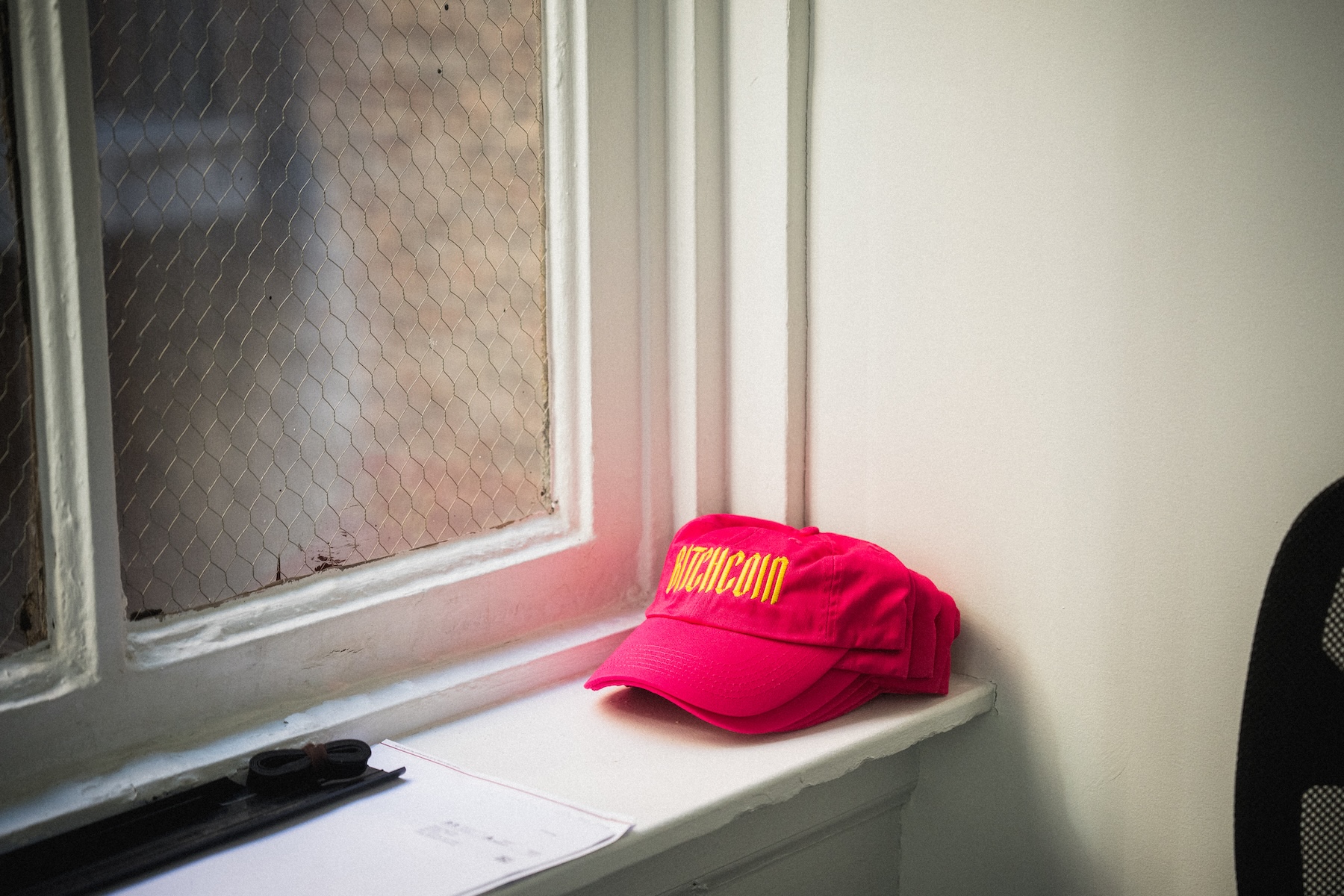
In March 2023, Meyohas’ legacy received a major recognition when the Centre Pompidou announced its acquisition of two Bitchcoins and “Cloud of Petals.”
“I think institutional acceptance is well on its way,” she says. “The Pompidou sale for me was amazing because I’m French, so that has significance. Two, it wasn’t orchestrated by any collector. The curators just reached out to me and bought it. The Pompidou paid money for it, and the Pompidou doesn’t have the wealthiest acquisitions budget. It wasn’t politicking that got it in, and so that also felt really gratifying to me.”
“I knew that I had it in me. That I had made things that I was proud of and that they were just simply not being recognized.”
SARAH MEYOHAS
Another development has cast Meoyhas’ early achievements in a new light of appreciation — the meteoric rise of Bitcoin Ordinals and the growing market around digital art inscribed on the blockchain. While Meyohas admittedly lives in “a bit of a bubble” and hasn’t followed the Ordinals space closely, she welcomes the movement and community forming around it.
“It makes sense because it does seem like at the inception when Ethereum became the chain for smart contracts, and Bitcoin didn’t, it was a philosophical motivation and not a technical motivation for that,” says Meyohas. “Given the success of NFTs on Ethereum, it would make sense that the Bitcoin community would sort of open their eyes and be like, hold on, we can have this too. Why not Bitcoin?”
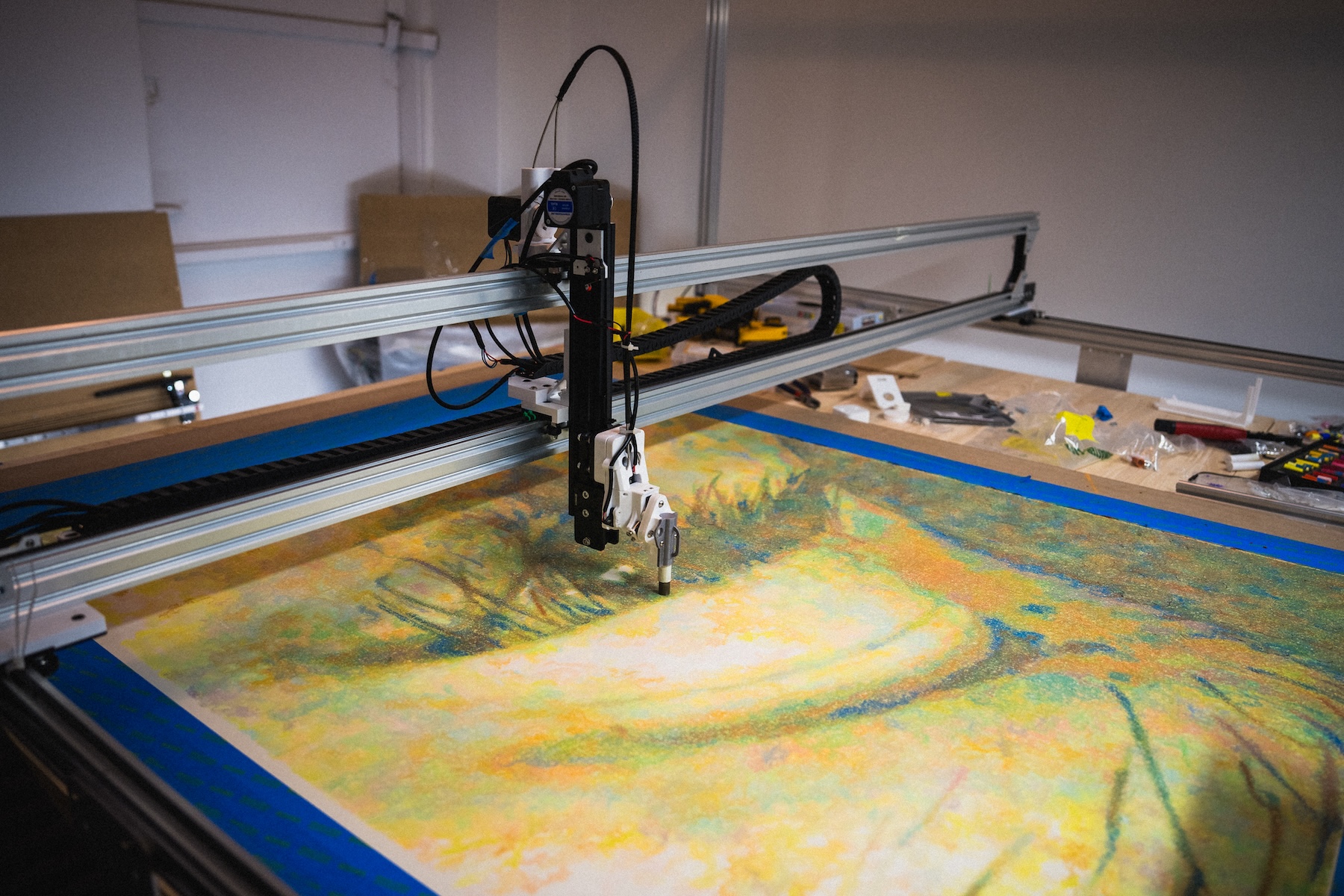
Plotting Moves
Meyohas has been focused on a new project involving a custom physical plotter that she started in May. Inspired by seeing digital artists making plotter drawings, she set out to build her own plotter that reflected her ethos.
“I thought, could I make a plotter that drew with pastels?” she muses. “The precision of a plotter with the messiness, poetry, and materiality of pastels. That’s the tension I like.”
While the plotter project started small, she quickly scaled it up and built a six-foot by six-foot plotter (“the size of a room!”) using colored pencils to achieve the outputs she desired.
“Now we’re getting results that are amazing because we’re using 90 colors in a single image,” she says. “We’ve taken very much an engineering approach to get these different results, running a control and different tests to see what we like. We’re finally getting to a place that’s really exciting where the pastels are blending nicely.”
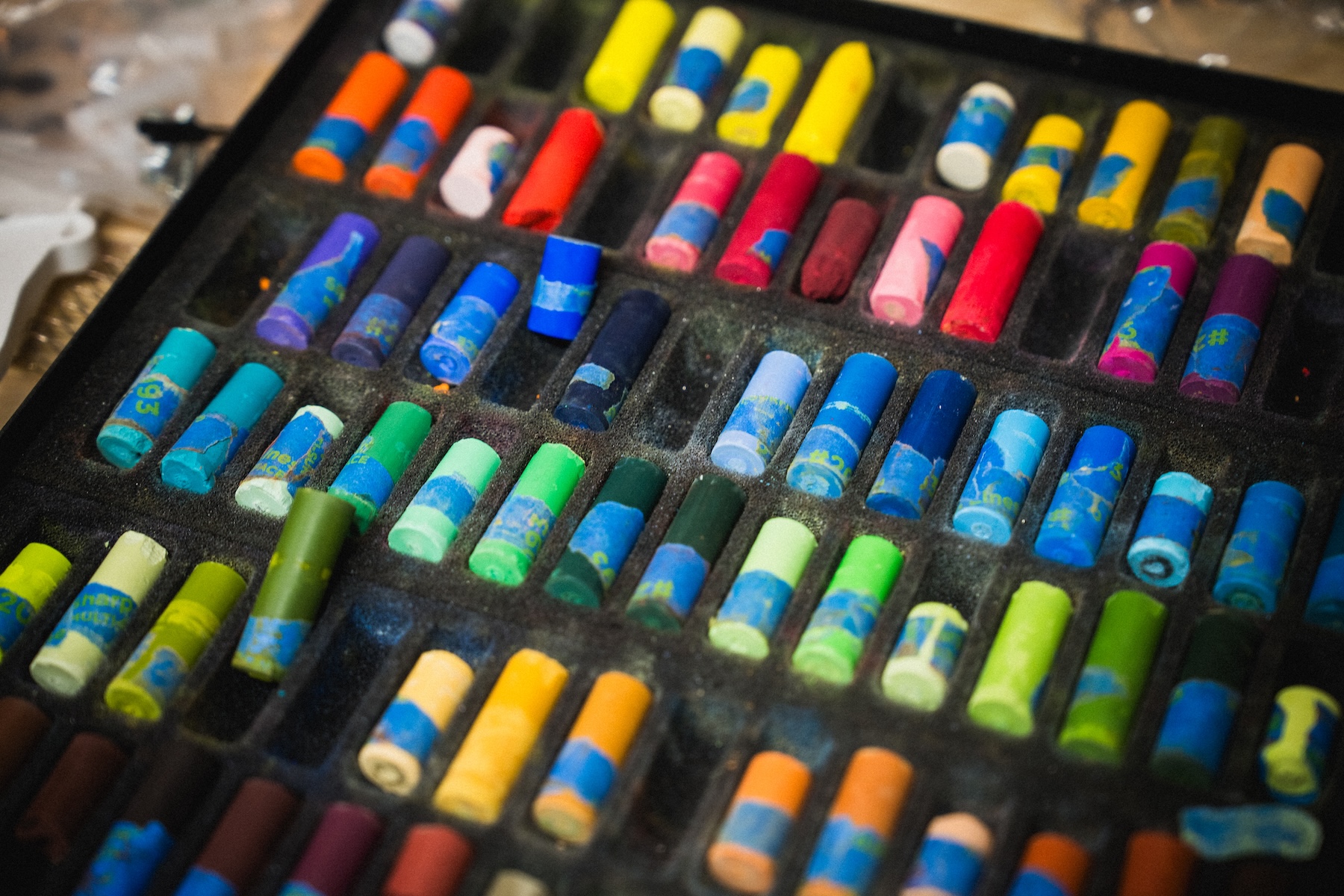
“It’s interesting because there’s a physical manifestation, but the whole design of it is purely digital,” she continues. “Like we’re basically turning an image into 700,000 vectors. And the question is, what colors are those vectors, and how are those vectors, what paths are they taking? So there’s a strong digital component to this.”
“The precision of a plotter with the messiness, poetry, and materiality of pastels. That’s the tension I like.”
SARAH MEYOHAS
Meyohas references her work with holograms on “Interferences” as another medium that continues to inspire her, likening it to a “dying art form.”
“I feel very strongly about it because it’s a technology that doesn’t have a commercial application,” she explains. “With digital art, all of these amazing tools were created for gaming and then artists started using it to make art. With holograms, it’s the opposite.”
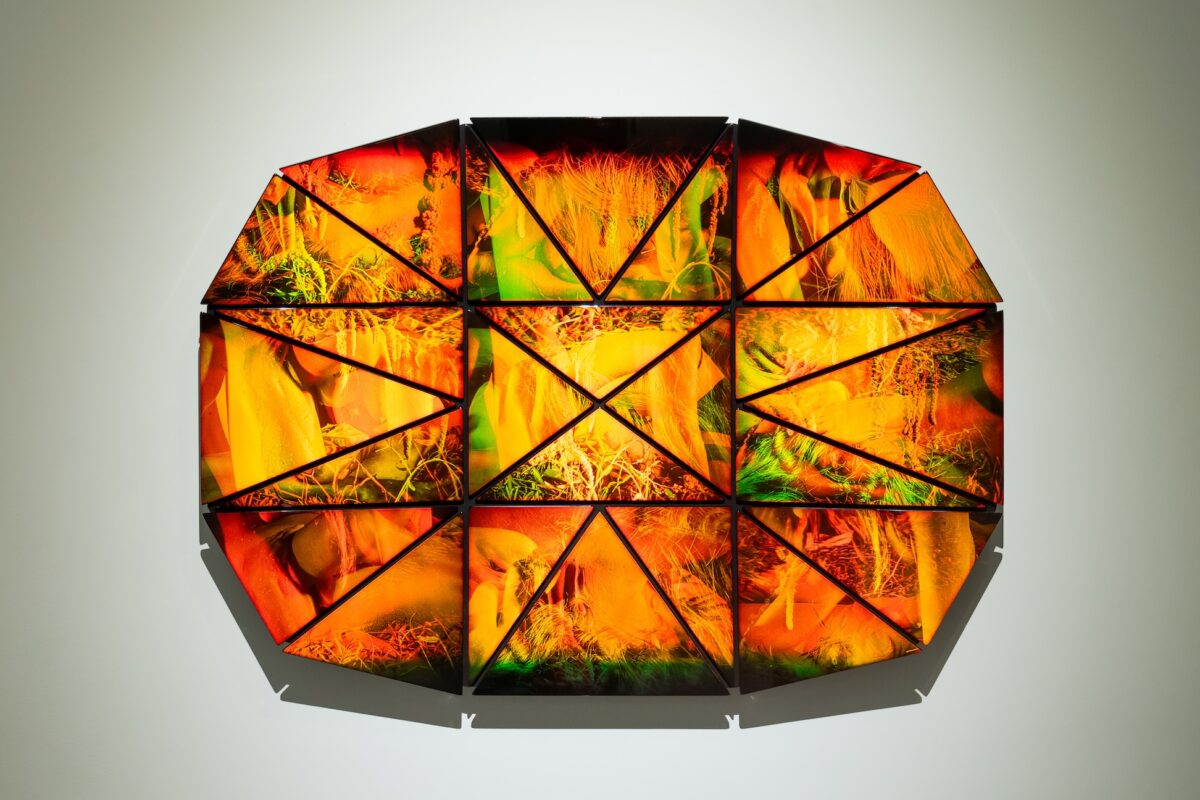
Ever-inspired, Meyohas has another potential large-scale piece in the works that she proposed to DesertX for 2025. Her eyes gleam with excitement as she details the project.
“We conceived of this piece that’s essentially a very large ribbon in the desert and within each curve of the ribbon, there are these little round mirrors that the viewer has to articulate to get an image into focus like a film strip,” she explains. “We actually modeled the path of the sun on the site so that we know exactly when things are in shadow, the angle at which the mirror will get hit, and the distance to the ribbon.”
“Life is short, and I just want to touch all mediums. So that’s why I’m very unfaithful to one medium.”
SARAH MEYOHAS
“This is all this mathematical equation to be able to compute images with the sun,” she gushes. “I think about the Aztecs and creating land temples and land art that was in relation to the sky. I think about the dream of optical computing, right? This is my first foray into land art, and it’s made me think about sculpture.”
She catches herself and laughs at her endless desire to do everything at once.
“Life is short, and I just want to touch all mediums. So that’s why I’m very unfaithful to one medium. I just like experiencing them all.”
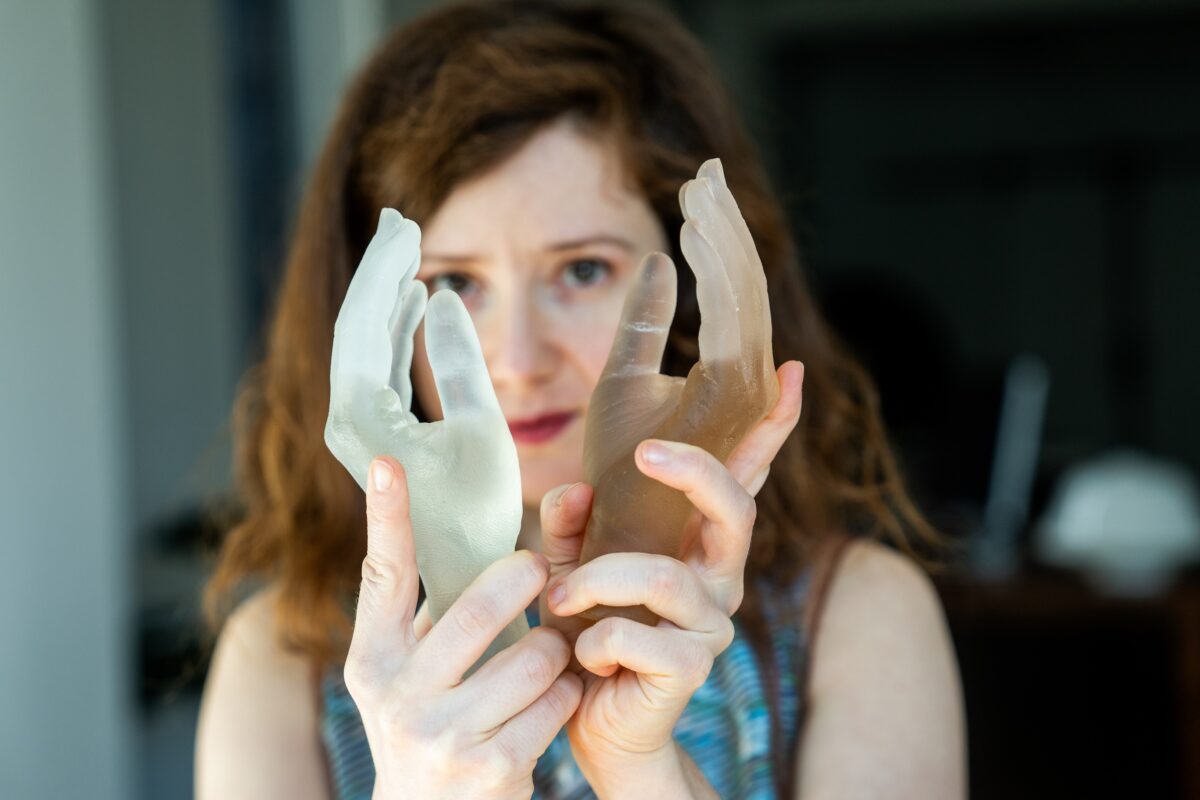
The post Beyond Bitchcoin: The Making of Sarah Meyohas appeared first on nft now.

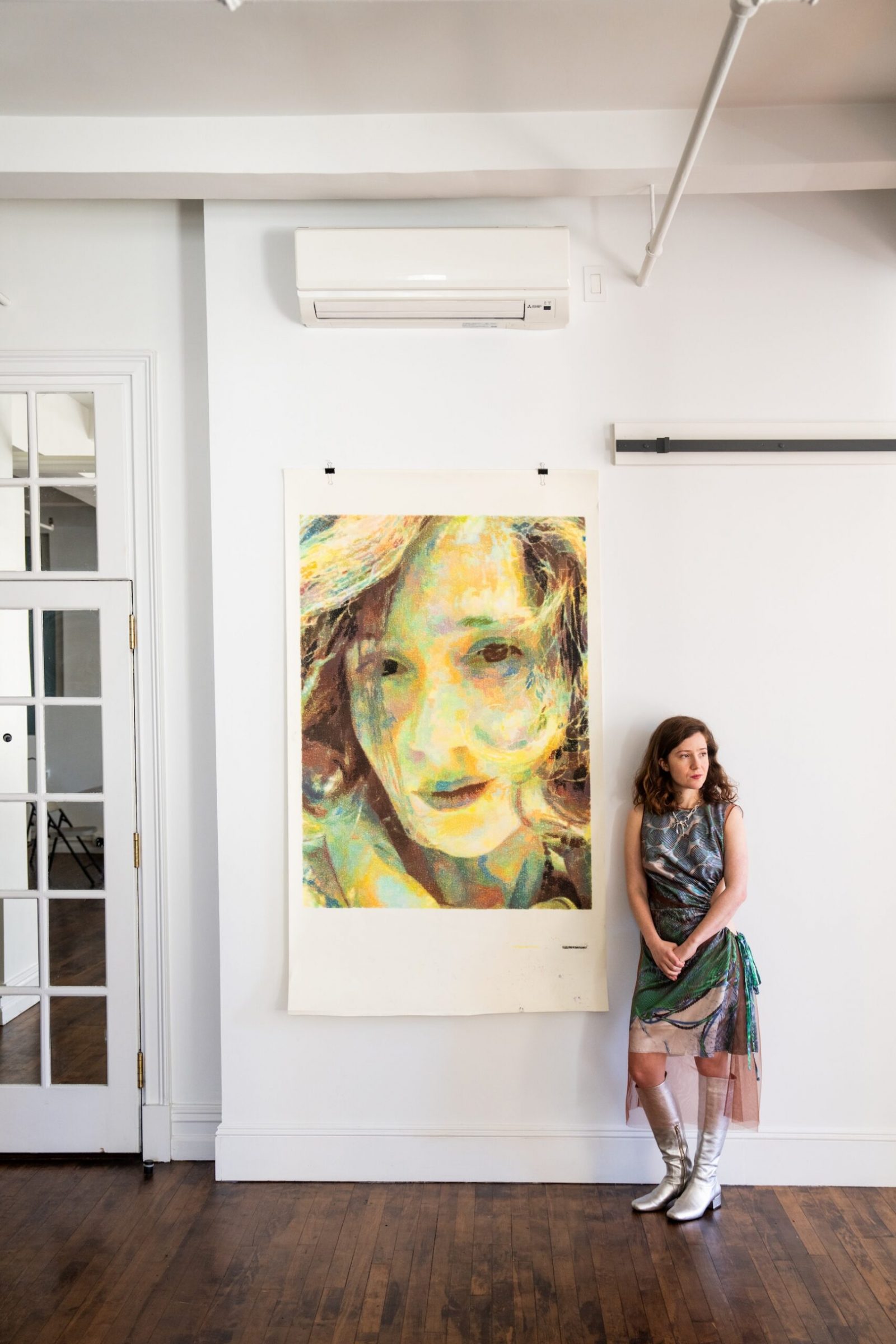





Leave a Reply